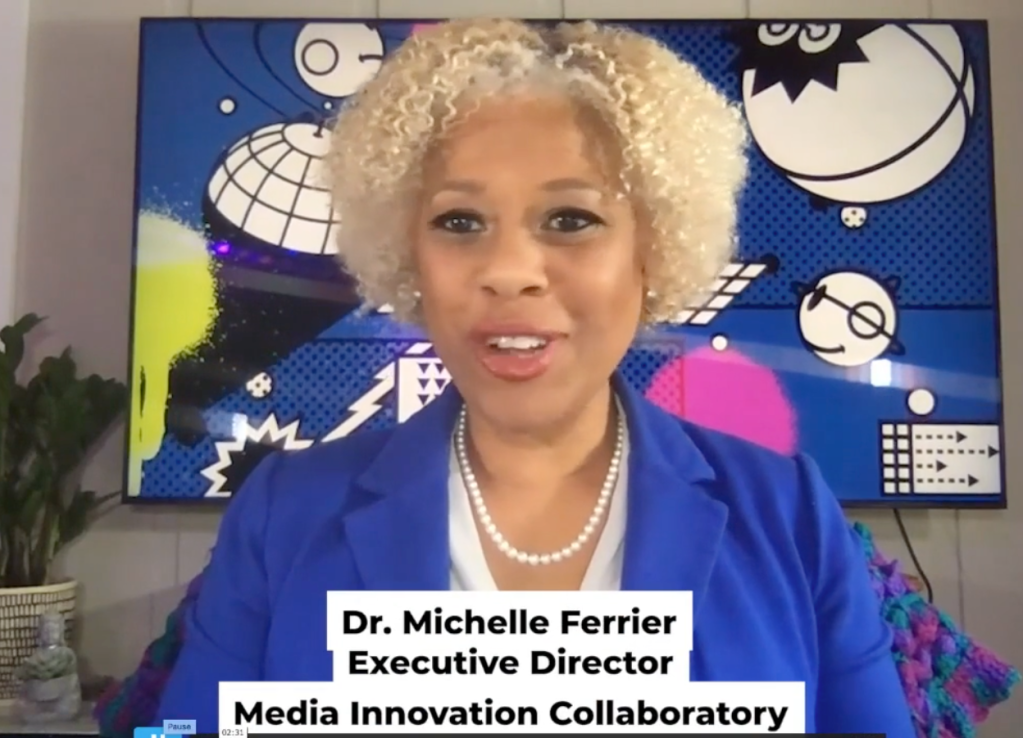By Michelle Ferrier, Ph.D.
Journalism educators in the United States must rethink how they train students for newsgathering and journalism work, says Michelle Ferrier, professor at the School of Journalism & Graphic Communication at Florida Agricultural & Mechanical University and executive director of the Media Innovation Collaboratory, an accelerator for student entrepreneurship.
LINK TO 45-MINUTE VIDEO: “A CONVERSATION ABOUT MEDIA SAFETY AND COVERAGE”


Ferrier was a panelist with two other educators at “Media Safety and Coverage,” to discuss new strategies for doing journalism work in the wake of rising attacks against journalists at protests and in public spaces. The panel, hosted via Zoom on February 11 by Valerie White, associate professor in the SJGC at FAMU, included Jeffrey Wilkinson, associate professor in the SJGC and Caesar Andrews, chair of the journalism program at the University of Nevada-Reno.
In the wake of the January 6 insurrection at the U.S. Capitol, multiple news outlets from the Associated Press, VICE News and others were attacked, arrested, jailed or their equipment destroyed while covering the event. Students were being asked to cover state capitols in advance of the January 20 inauguration events, potentially putting them in harm’s way.
Wilkinson said journalism school programs are charged with the safety of students, but must carefully navigate the experiences and training to ensure students are protected.
“The rancor is not going away,” Wilkinson said. “Journalists are on the front lines,” he said of an “uncivil war here in the U.S.”

Student Handbook and Other Training Tools
The 40-page student edition of “Staying Safe” includes practical and ethical choices about newsgathering, online threats, and staying safe. Any student or educator with an .edu address can request a beta copy of the handbook. Recently published February 2021 and available free.
A 2018 report on online attacks against journalists globally by Ferrier found that in the past five years, large numbers of respondents have been threatened, harassed or physically attacked as a result of the work they do in the journalism or media field:
- 63 percent indicated they had been threatened or harassed online
- 58 percent indicated they had been threatened or harassed in person
- 26 percent indicated they had been physically attacked
- One in 10 respondents has experienced a death threat in the past year.

